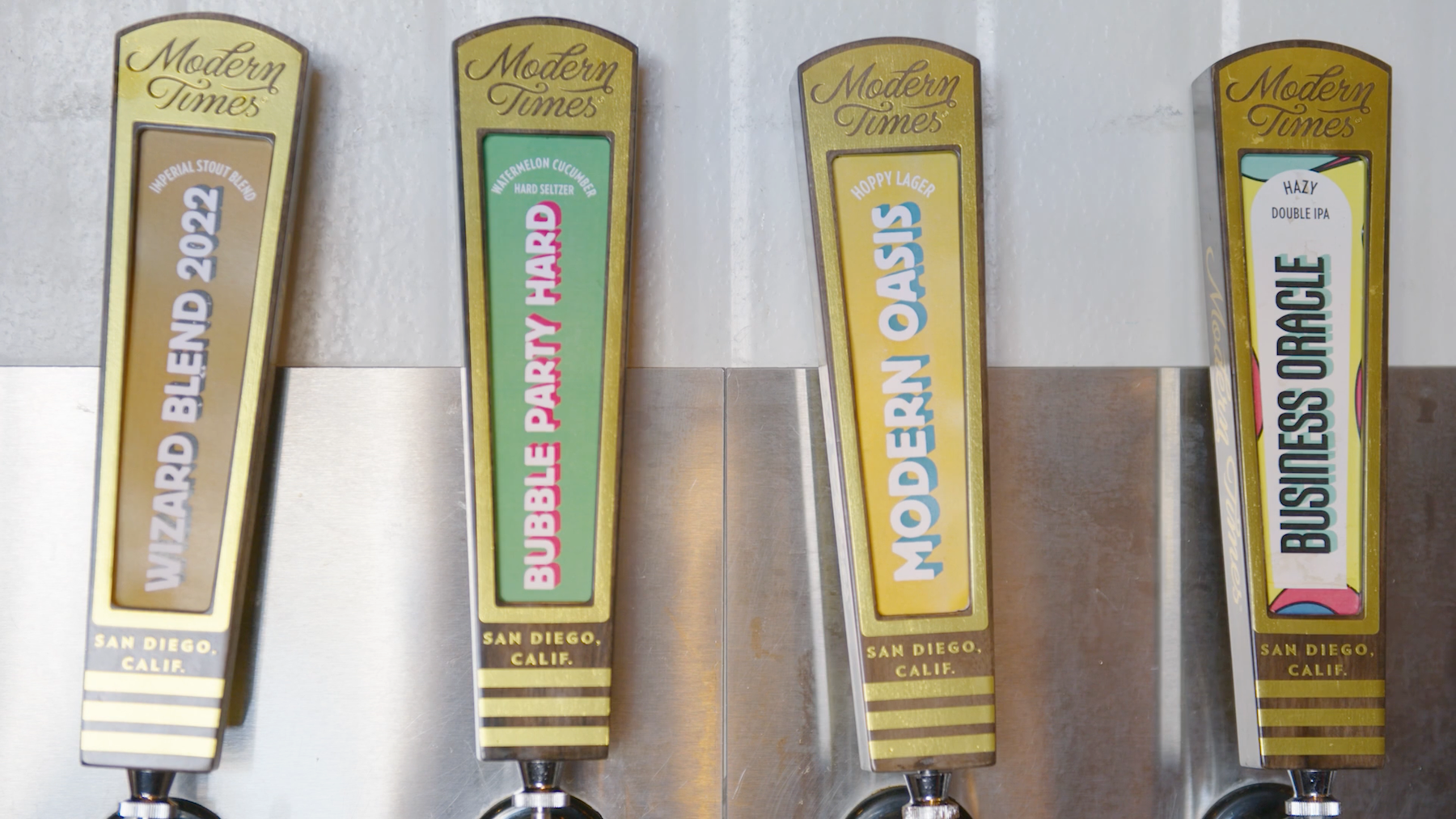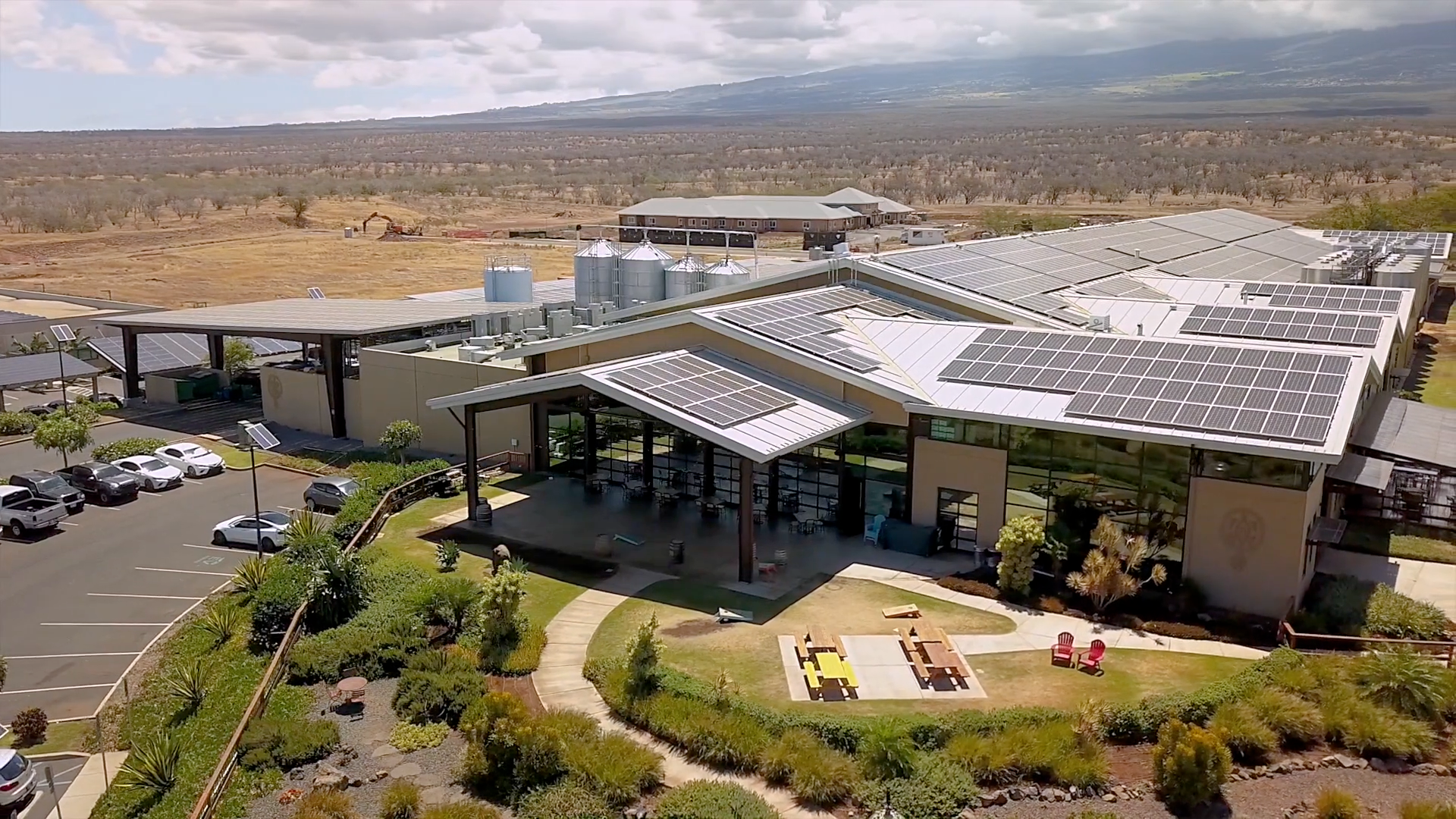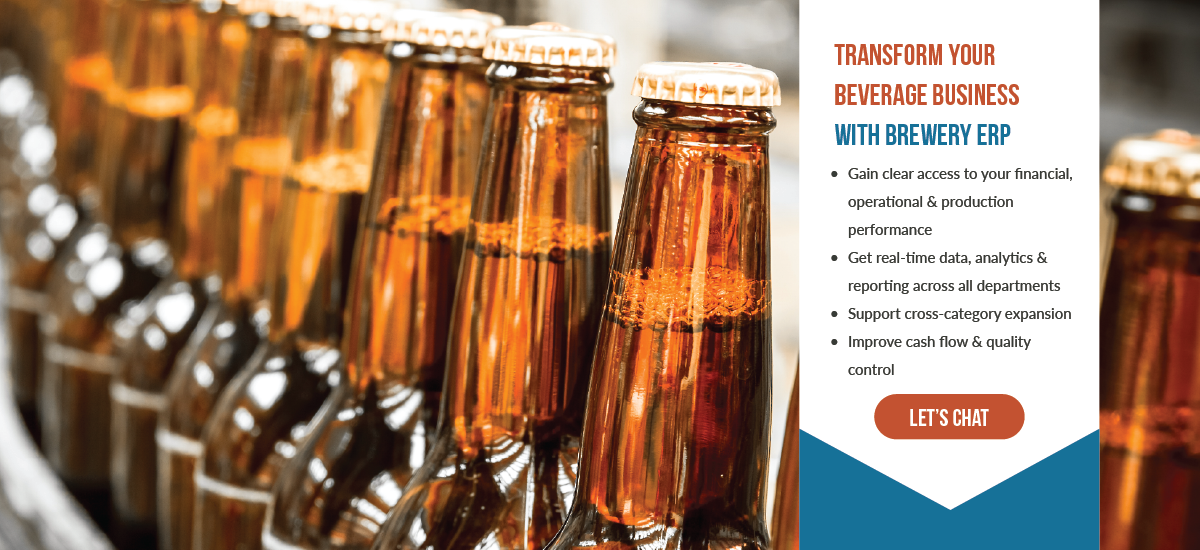Every great hero has a villain to overcome—a formidable foe that tests their limits and forces them to rise above adversity. In the craft beer world, your brewery is the story's hero, filled with creativity, passion and the drive to brew something extraordinary. But just as every hero faces challenges, your brewery must confront a cast of villains determined to block your path to success.
These villains aren’t just imaginary; they’re the real, persistent obstacles that can hold your brewery back. These challenges are relentless, from distribution nightmares that keep your brews from reaching eager customers to outdated systems that choke your efficiency. But here’s the thing: defeating these villains doesn’t just lead to survival—it makes your brewery stronger, smarter and more resilient.
Exposing these villains begins to diminish their power. Combining creativity, innovation and smart management can help breweries overcome them.
1. The Distribution Nightmare
Distribution challenges have become a formidable villain for many craft breweries, especially in an increasingly competitive market. The Brewers Association's midyear survey highlights that while there was a slight increase in the number of active craft breweries, the broader market has seen a small decline in volume, down approximately 2% compared to 2023. This decline isn't driven by a single factor but by broad, similar trends across packaged, keg and on-site sales channels.
Distributors are increasingly looking to simplify offerings, making it difficult for craft brewers to get their products to market. This situation is compounded by competition from other alcoholic beverages like ready-to-drink cocktails (RTDs).
This challenge is further complicated by the intricacies of the three-tier system, where large wholesalers often hold significant power. The recent case between
Harbor Distributing (a subsidiary of Reyes Beverage Group) and Anderson Valley Brewing Co. (AVBC) illustrates the tensions within this system. The court ruled against Harbor Distributing’s claim for fair-market-value compensation for AVBC’s brand rights, highlighting small breweries' challenges when their distribution partners’ interests no longer align with theirs. This case underscores how distribution nightmares can entrap breweries in contracts that may not serve their long-term interests, making it even more crucial to have a robust and adaptable distribution strategy.
The Hero’s Tool: Streamlined Supply Chain Management
Overcoming distribution challenges isn’t about finding a single solution—it’s about strategically managing your supply chain to ensure your beer reaches customers efficiently. Expanding direct-to-consumer (DtC) sales and leveraging tools that optimize logistics by tracking inventory, managing shipping routes and engaging directly with customers can reduce dependency on traditional distributors.
Brewery management software powered by NetSuite offers robust supply chain management tools that can provide the real-time visibility you need to navigate the complexities of getting your product to market. Streamlining these processes allows you to maintain control over your distribution network and avoid the pitfalls of fragmented operations.
2. The Data Doppelgänger
Inaccurate and duplicate data lurks in the shadows of many emerging breweries. Managing information across different parts of the business, and in different, non-integrated systems, is chaotic, to say the least. As breweries navigate supply chain challenges, complicated compliance regulations, shifting consumer behavior and myriad other issues, reliable data becomes a critical piece of a successful business. The Data Doppelgänger can exacerbate these issues, wasting resources and missed opportunities. Relying on fragmented or manual systems only adds to the confusion.
The Hero’s Tool: Centralized Data Infrastructure
Banish inaccurate and duplicate data with an integrated brewery software system backed by NetSuite, the world's leading cloud ERP. Consolidate your business information into one reliable source of truth, ensuring all data is current, accurate and easily accessible. This approach helps breweries make informed decisions, minimize errors and streamline operations.
3. The Aging System Overlord
Many breweries rely on outdated systems that are ill-equipped to handle the demands of modern business. Essentially, relics from the past slow down your operations and make it difficult to scale. This slows production, increases expenses and makes it harder to keep up with demand and adjust to factors like inflation and rising input prices. Often, key stakeholders serve as blockers to modernization, holding your brewery back and keeping you tethered to aging technology.
The Hero’s Tool: Modern Cloud-Native ERP
Old systems are like old shoes. They’re comfy, and you’ve had them forever and know them well, but at some point, the holes in the soles and the stink can no longer be ignored. It’s time to let go of those outdated systems and invest in modern technology, such as brewery management software that integrates with newer equipment. Predictive maintenance, better energy management and optimized production schedules help reduce costs and downtime, allowing breweries to stay competitive and significantly improve efficiency.
4. The Diversification Dilemma
A one-trick pony can limit a brewery's appeal in an increasingly crowded market. As consumer preferences shift, relying too heavily on one type of beer or style can lead to stagnation and lost sales opportunities. The Brewers Association’s midyear report shows that while success stories exist, the craft beer category struggles to find collective growth. This underscores the need for breweries to innovate and diversify their offerings to meet evolving consumer demands.
Moreover, as seen in the recent challenges faced by smaller breweries dealing with large distributors like Golden Brands, sticking to a narrow product range can leave breweries vulnerable to being deprioritized in favor of more profitable or popular brands.
The Hero’s Tool: Dynamic Financial Planning
Breweries need a solution to confidently plan for and execute new product lines to overcome the diversification dilemma. If you’re considering expansion to include emerging trends like hard seltzers, non-alcoholic options or distilled spirits, beverage management software can provide insights into consumer preferences, helping identify new products to develop and scale effectively. Financial planning tools within brewery management software can help you model different scenarios and assess the risks and rewards of launching new products.
5. The Compliance Conundrum
Navigating the complex web of compliance regulations is daunting for any brewery. The bureaucratic beast revels in red tape, making it difficult for breweries to keep up with ever-changing laws and reporting requirements. Regulations vary widely by state and are frequently updated, creating a significant administrative burden that can drain time and resources. The Beer Purchasers Index shows craft beer’s continued contraction, which may be partly due to these regulatory challenges. Failure to comply can result in costly fines, legal trouble and damage your reputation.
The Hero’s Tool: Automated Compliance Reporting
Brewery management software with compliance features can help automate reporting and provide real-time updates and built-in safeguards, keeping your brewery current with regulatory changes. This reduces the administrative burden, minimizes the risk of penalties and ensures you can focus on core operations. It saves time and protects your business from the clutches of endless paperwork.
6. The Resource Depleter
Running a brewery often means juggling numerous roles, from brewing and marketing to bookkeeping and staffing taprooms. The constant strain can sap time and energy, leaving little room for strategic growth or innovation. This villain thrives on such inefficiencies, leaving breweries vulnerable to financial instability and misaligned goals.
Resource depletion becomes a critical barrier to success for many small breweries overwhelmed by the demands of running every aspect of their brewery while balancing other aspects of life and business. Faced with an unsustainable balance, they’re stretched thin by financial, human or material resources. According to the Brewers Association, while input price growth has moderated, inflation and other economic pressures still weigh heavily on brewery operations, making it crucial to manage resources effectively.
The Hero’s Tool: Collaborative Resource Management
Effective resource management is crucial to keeping your brewery on track. That may mean collaborating with other small breweries to share resources, including tasting rooms, brewing systems, accounting, HR or marketing teams. These partnerships can significantly reduce overhead costs, maximize equipment use and open new customer channels. For example, many breweries turn to contract brewing or forming strategic alliances to pool resources and leverage shared production capabilities. This lowers operational costs and fosters a supportive community network where breweries can collectively navigate challenges and drive growth.
Sharing resources isn’t just a survival tactic — it’s a smart business strategy in today’s saturated market.
By leveraging brewery management software built on NetSuite, you can automate routine tasks like scheduling, inventory management and customer engagement. You’ll free up time for teams to concentrate on higher-value activities, as well as boost morale and drive growth.
7. The Anti-Alcohol Adversary
As if the industry's challenges weren’t enough, breweries also face external threats from anti-alcohol rhetoric and increasing regulation from federal and global health agencies. The Anti-Alcohol Adversary seeks to limit the industry's growth by pushing for stricter laws, higher taxes and negative public perceptions of alcohol consumption. Talk about a buzz kill!
The Hero’s Tool: Strategic Market Positioning
While you can’t control the actions of external agencies, you can position your brewery to weather these challenges with a strong brand identity and effective communication strategies to mitigate their influence. Engage in proactive consumer education, emphasizing responsible drinking, and the cultural and economic value of craft beer. Collaborating with industry peers on campaigns can also help shift the narrative and strengthen the industry’s collective voice. Marketing and sales tools within NetSuite-powered brewery management software can help you connect with your audience on a deeper level, emphasizing quality, community involvement and responsible consumption.
How to Arm Your Brewery with the Right Tools
Every challenge presents an opportunity for reinvention. By combining creativity, innovation and smart management, craft breweries have the potential to survive and thrive in today’s complex landscape.
This is a time to rethink old models, break away from outdated practices and lean into what makes craft beer truly special: the ability to adapt, experiment and connect with communities in authentic and meaningful ways. Whether embracing new technologies, diversifying product lines or forming innovative collaborations, breweries willing to think outside the box and stay agile will find new pathways to success.
The craft beer industry has always been driven by passion and a spirit of exploration. These qualities have always been your compass, guiding you through challenges and leading you to new horizons. Now, more than ever, it’s time to think like a hero to navigate the road ahead. The future belongs to those willing to reinvent themselves, innovate fearlessly and turn every obstacle into an opportunity. With the right mix of creativity, determination and strategic tools, there’s no telling what today’s breweries can achieve.
We can help!
Let’s talk about how to make you the hero of your craft beer business.








GET IN TOUCH
1512 Larimer Street, Suite #150
Denver, CO 80202
United States
(720) 699-0200
66 Goulburn Street
Sydney, NSW, 2000
Australia
+61 2 9044 1330





